Care instructions
Cashmere is a living, delicate and precious material. To preserve its softness, shape and shine, it deserves special attention.
Here are our essential steps to take care of it, season after season.
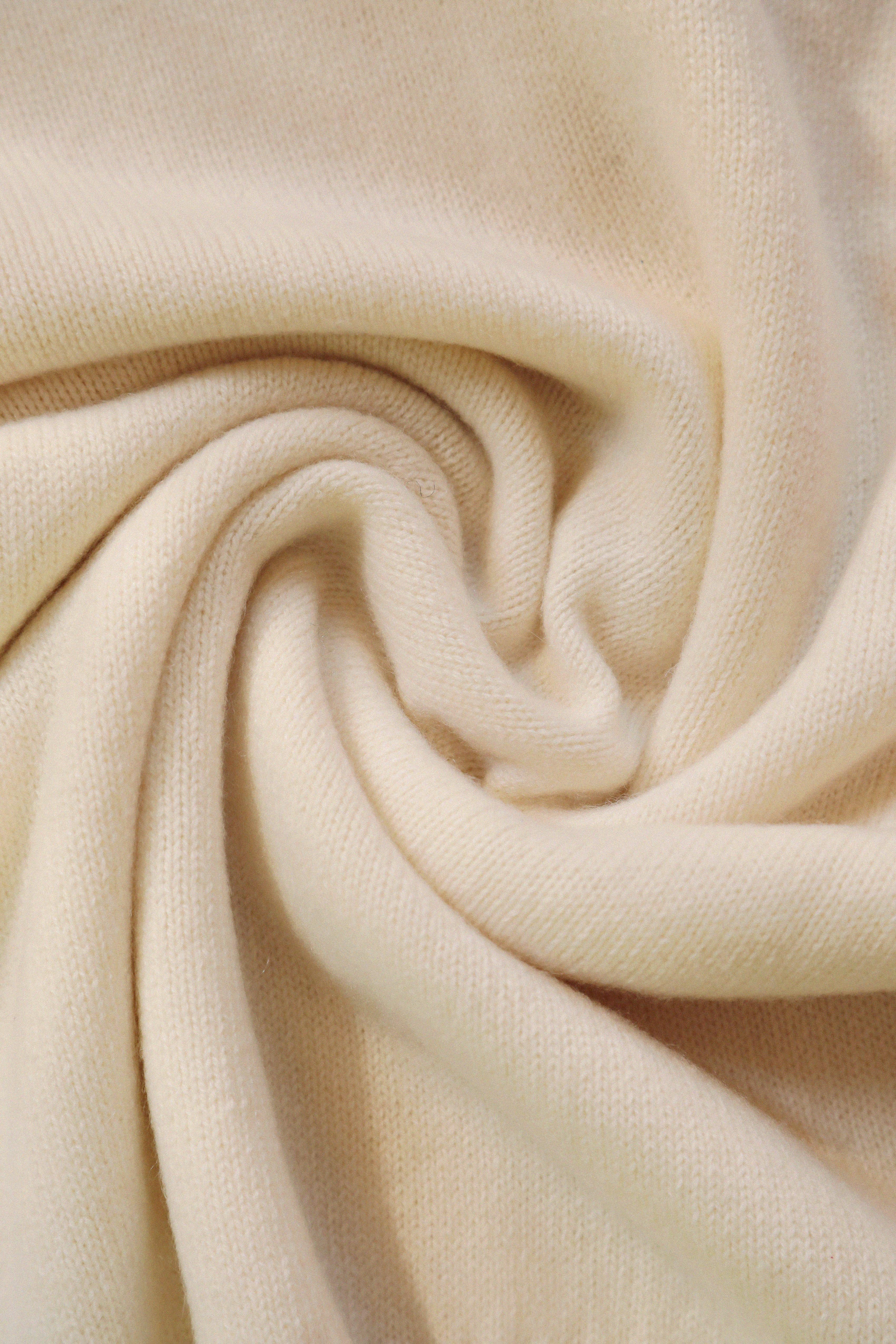
How to wash your knitwear
At Tricot, each piece is designed to last, from its conception. Unlike traditional cashmere, our creations do not require repeated washing to eliminate excess material. Thanks to the technique of decreasing knitting, the garment is directly shaped to its final form, without excess, without waste. When it comes to care, a few simple steps are enough to preserve the softness and allure of your Tricot.
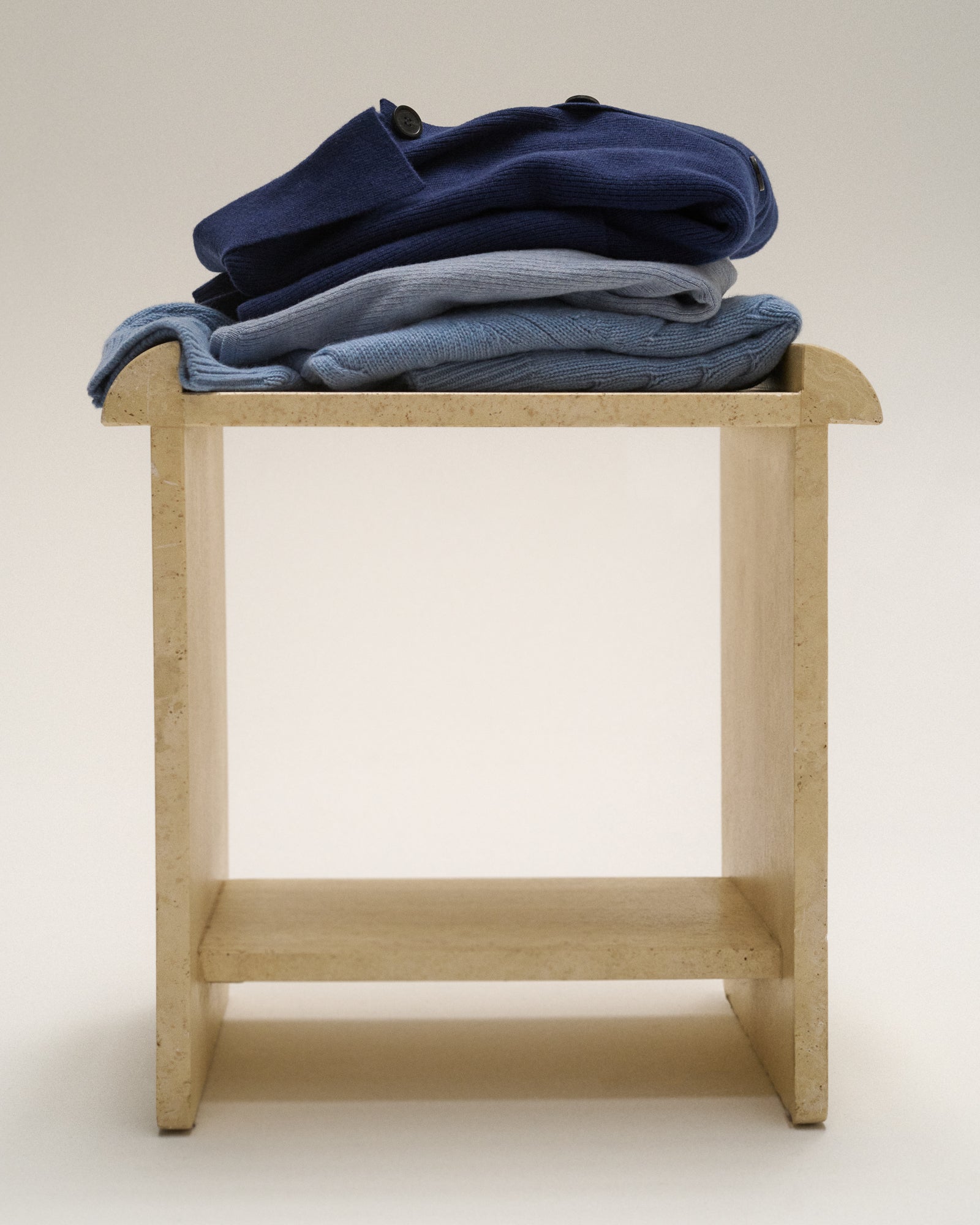
The art of caring
Because the things we cherish gain value over time, imbued with memories woven into their fabric. Because they evolve, change, wear out — just like us. Taking care is a simple and essential gesture. Practical, yes. Spiritual, too.
BY HAND
Temperature
Use cold or lukewarm water, at a maximum of 30°C. Cashmere is sensitive to heat, which can weaken its fibers and alter its suppleness.
Laundry detergent
Choose a small dose of special wool detergent or a shampoo designed for delicate fabrics. Absolutely avoid fabric softener, which would compromise the natural softness of the fiber.
Washing
Quickly soak your garment without letting it sit. The knitwear should not remain submerged for too long. Gently dab the sweater in the water, without rubbing, then rinse thoroughly until there is no trace of detergent left.
Spinning
Never twist your cashmere. Fold it gently and press it in a clean absorbent towel to absorb excess water, without deforming the fabric.
Drying
Lay your garment flat on a cotton towel, away from direct sunlight and any heat source. This slow, natural drying helps preserve the integrity of the fiber.
BY MACHINE
Protection of the part
First of all, slip your cashmere sweater into a protective cover. A pillowcase closed with an elastic band (without a zipper or button) may suffice, but a specialized cover is ideal. This prevents any deformation or alteration of the knit.
Washing program
Select the "wool" or "delicate" program, cold wash, not exceeding 20°C. Cashmere does not tolerate high temperatures.
Suitable detergent
Use a small amount of special wool detergent or a shampoo designed for cashmere — about 2 teaspoons is enough. Never add fabric softener: it compromises the natural softness of the fiber.
Gentle spin
Set the spin cycle to a maximum of 400 rpm (500 rpm at most). Spinning at too high a speed can deform the mesh and weaken the fibers.
Drying
Once washed, never use a dryer. Lay your sweater flat on a clean towel, away from direct sunlight and any heat source. Natural drying is essential to preserve the shape and softness of the cashmere.
Additional precautions
If your garment has buttons or zippers, place it in a laundry bag to limit friction with other items.
GESTURES TO AVOID
Never wring your cashmere to dry it: this deforms the weave and weakens the fiber.
Avoid high temperatures, whether for washing or drying. Heat alters the suppleness and softness of the yarn.
No fabric softener: it weighs down the fiber and compromises its natural texture.
Don't hang your sweater to dry: this stretches the garment and changes its shape.
Avoid the dryer and direct ironing: cashmere prefers a slow, gentle approach.
PILLING
Pilling may occur on the surface of your cashmere sweater, particularly in areas of friction (arms, bag, coat). This phenomenon is not systematic, but it can occur over time with use. It does not affect the quality of the garment.
To remove them, we recommend using a lint remover, passing it lightly over the fabric without pressing down. This removes the raised fibers without damaging the knit.
After one or two uses, the pilling will become less frequent. Your knitwear adapts and develops a patina over time.
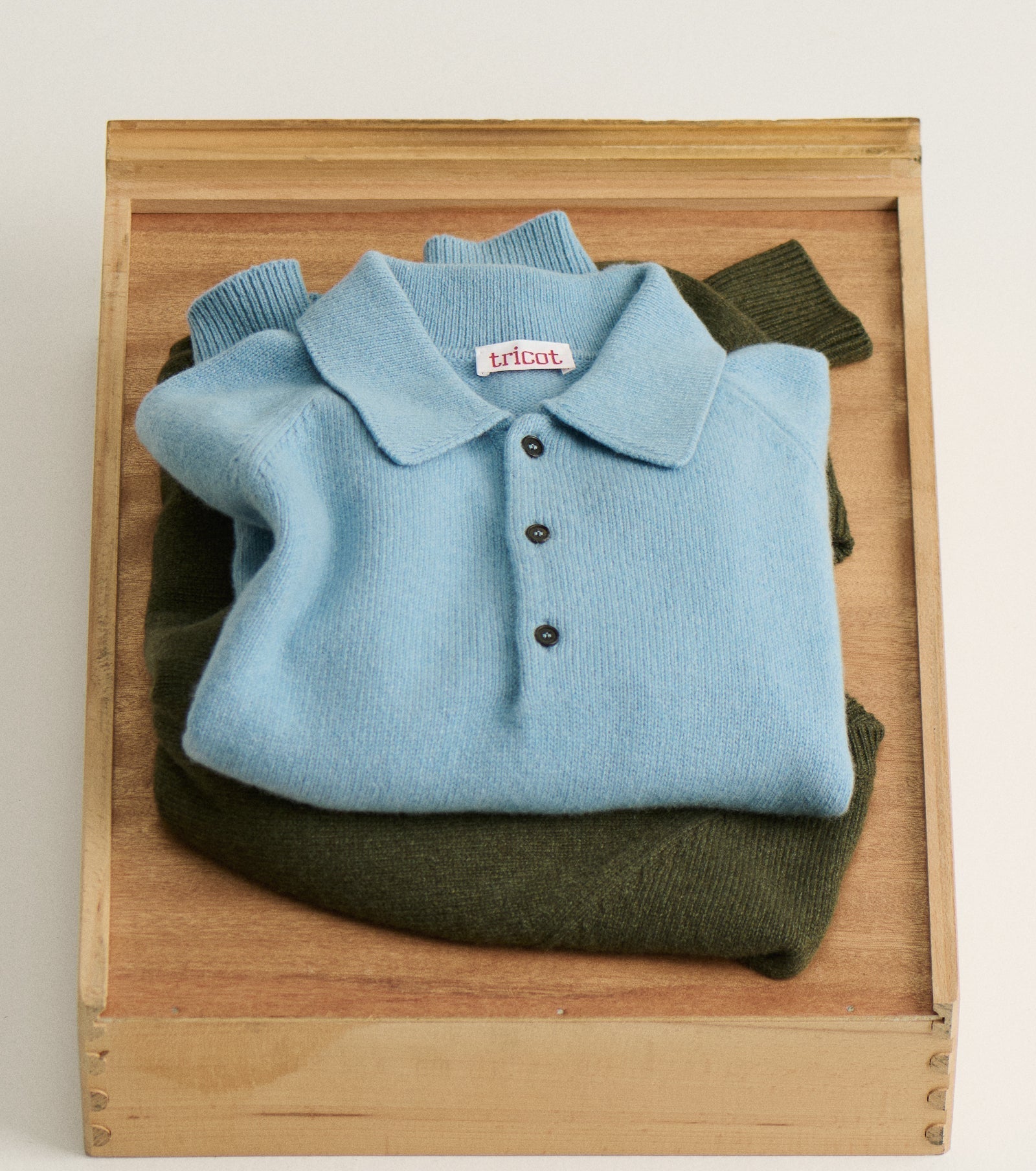
How to prevent moth holes?
Before storing your cashmere, especially at the end of the season, be sure to wash it and place it in a breathable cover, away from moisture and light. Avoid airtight plastic bags.
To keep moths away, opt for natural repellents such as lavender, cedar, or untreated wooden balls.
And if a hole appears, it can be repaired by hand or entrusted to a workshop. At Tricot , repairing is about extending — and enhancing — the life of the garment.
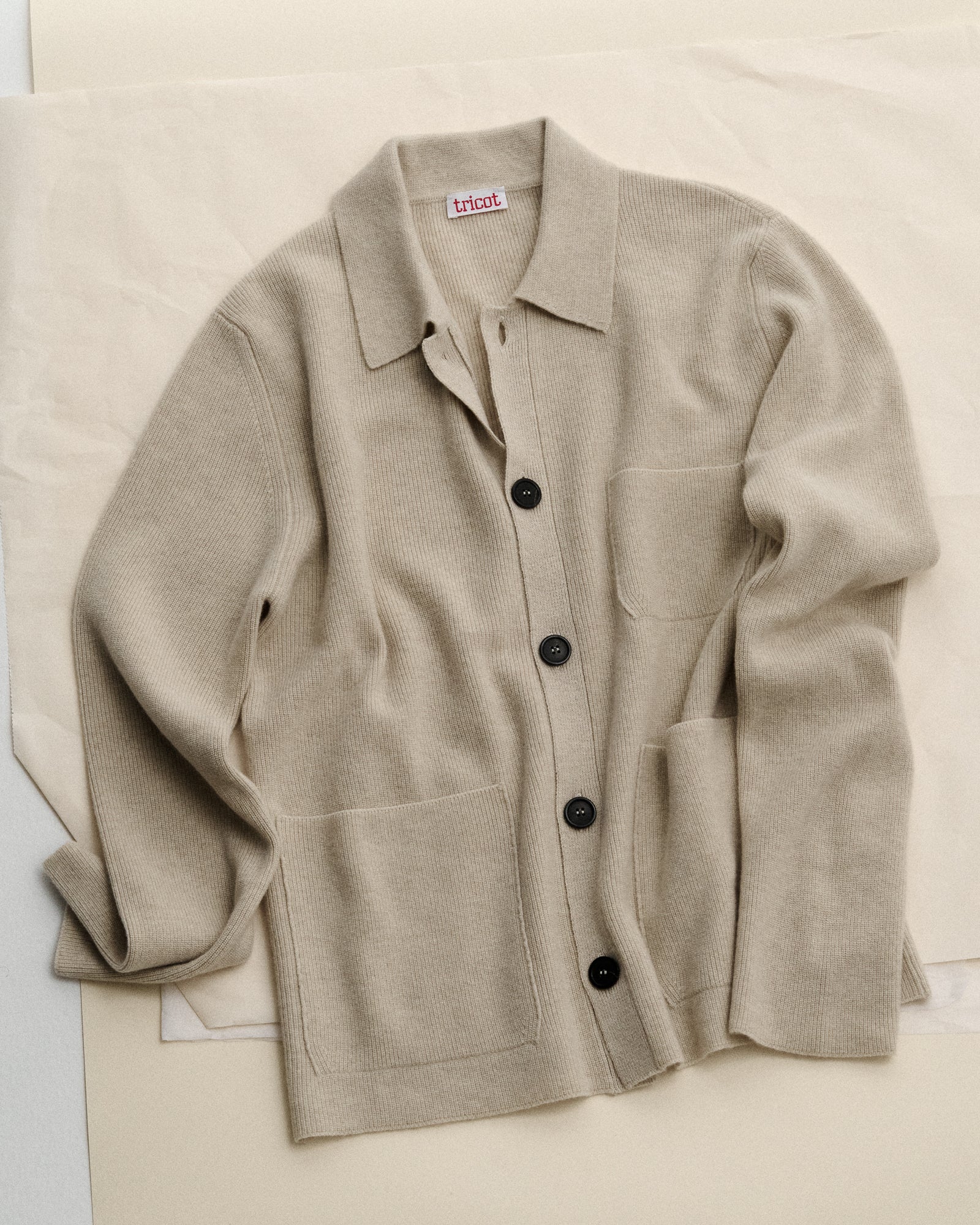
IS DRY CLEANING RECOMMENDED?
Dry cleaning at a professional dry cleaner is generally to be avoided. Cashmere needs water: that's why it's better to wash it by hand or in the machine.
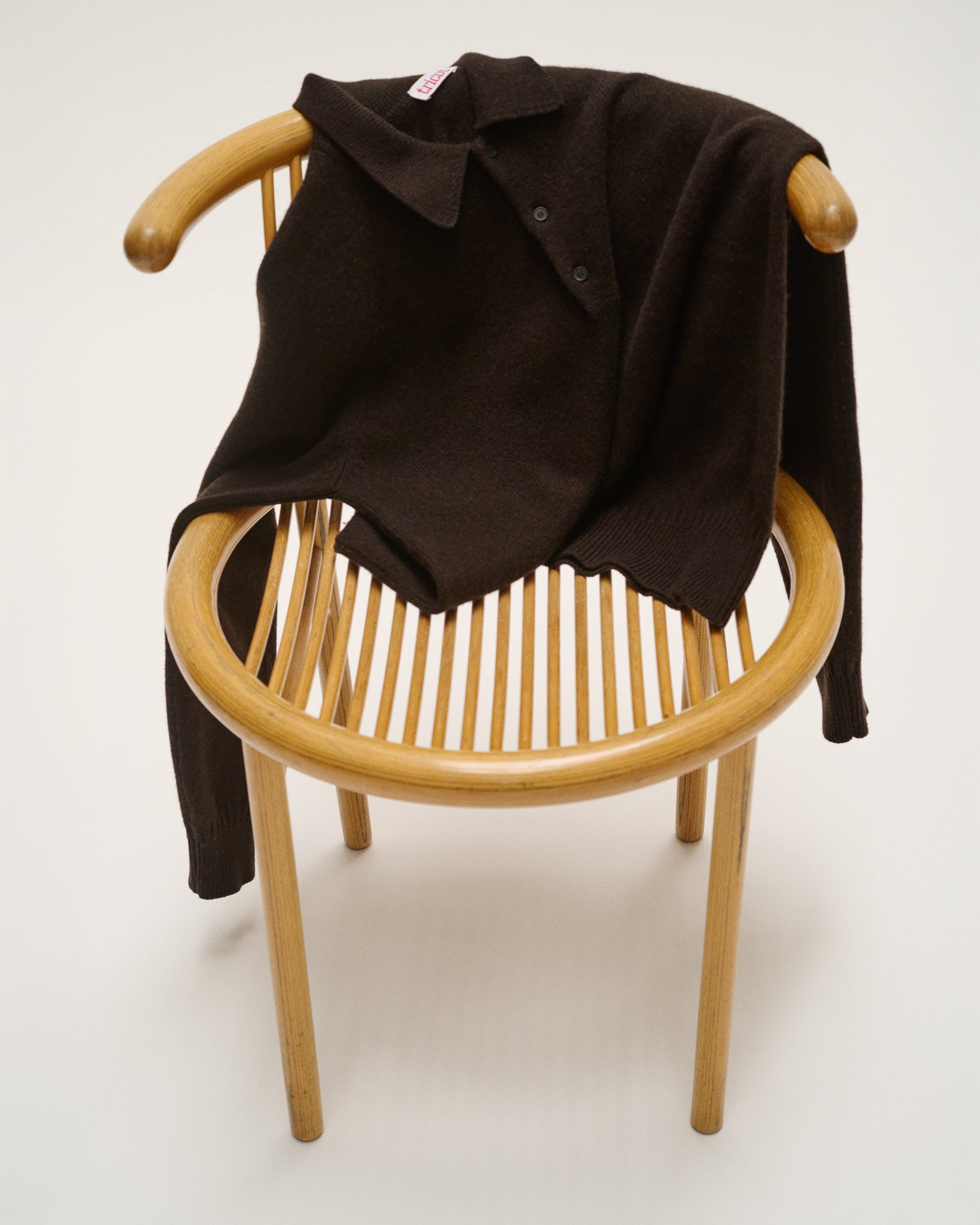
IS IRONING RECOMMENDED?
Knit cashmere items can be gently ironed at a low temperature. To avoid stretching the knit, we recommend using a steam iron and passing it over your cashmere item without pressing.
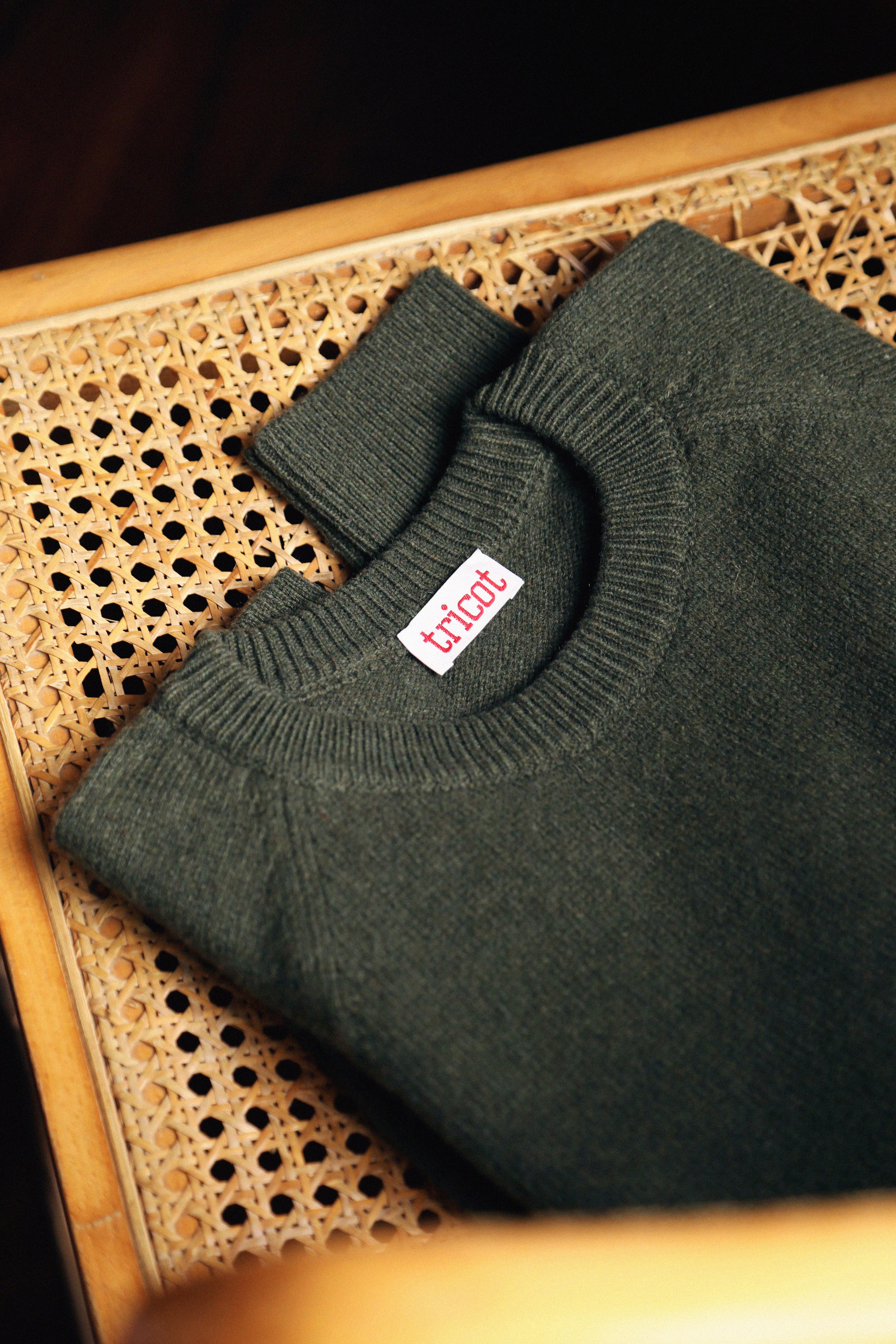
HOW TO REMOVE STAINS?
It is entirely possible to spot-clean a cashmere garment. Follow the guide, depending on the nature of the stain.
Removing a coffee / tea / chocolate stain
Very lightly moisten the stained area, then gently rub with Marseille soap. Let it sit for a few minutes, then rinse.
Remove a sweat stain
For example, in the armpit area, dab the stained area with a sponge soaked in hot water mixed with white vinegar (one tablespoon of vinegar for half a liter of water), then rinse thoroughly.
Remove a wine or makeup stain
Use white vinegar (following the same procedure as for sweat stains). Follow with soapy water (using Marseille soap) and then rinse.
Remove an ink stain
Immediately absorb the ink from the surface with absorbent paper, then dab the stained area with a cotton ball soaked in 70° alcohol. Repeat the process if necessary, then rinse thoroughly.
How to Repair Your Knitwear?
More information




